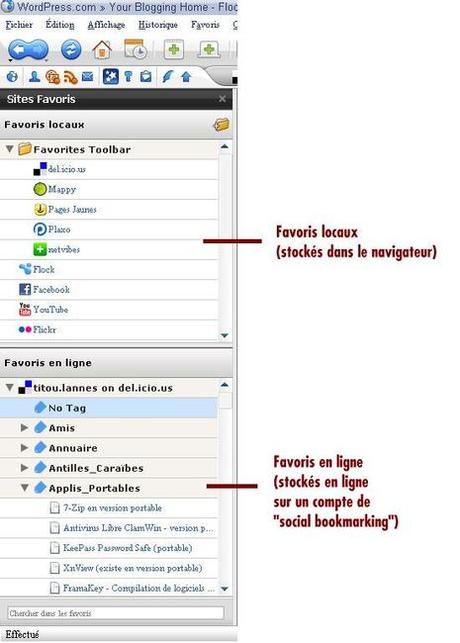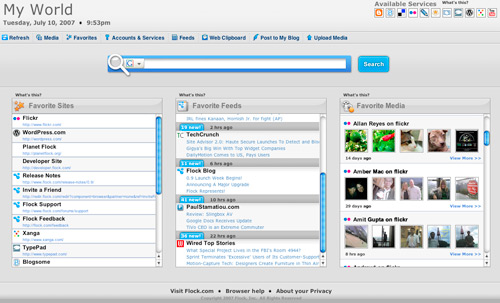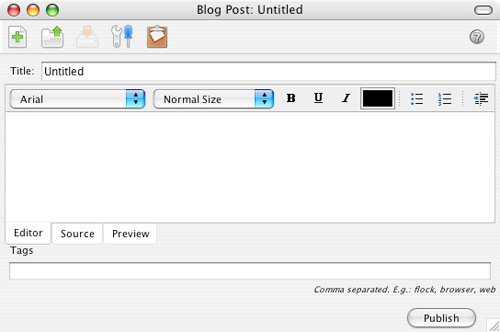Je nach der Beschaffenheit des Themas und des Materials wird es oft praktisch sein, von sachlicher Ordnung abzusehen und nur die äußerlich chronologische anzuwenden. Gerade dann ist es von größtem Wert, die Eintragungen auf lose Blätter zu machen, damit man dieselben nach den verschiedenen Gesichtspunkten der Zusammengehörigkeit zeitweilig umordnen und dann wieder in die Grundordoung zurücklegen kann. Um die einzelnen Notizen leicht auffinden zu können, ist es ratsam, die Daten oder Schlagwörter oben darüberzuschreiben; und die Blätter oder Zettel müssen von nicht zu dünnem Papier sein, damit man sie schnell durchblättern kann.
Soweit es sich um Abschriften ganzer Akten oder Nachrichten handelt, bedarf es keiner besonderen Erörterungen. Doch solche völlige Abschriften wird man nur machen, wo es sich um archivalische Quellen oder entlegenere Drucke handelt, die man nicht so leicht wieder erreichen kann. Im übrigen wird man sich mit Auszügen und Notizen begnügen, welche entweder das aus den Quellen ausheben, was für das Thema in Betracht kommt, oder nur im allgemeinen auf die Quellenstellen hinweisen. Im ersteren Falle kommt es darauf an, das Brauchbare und Wichtige scharf zu erkennen und präzis zu notieren; im letzteren Falle muß die Hindeutung wenigstens derart präzisiert sein, daß man beim späteren Durchsehen der Notizen gleich ersieht, was in der betreffenden Quellenstelle zu erwarten ist, und daß die Identität der Notiz mit dem Inhalt der Quellenstelle nicht zweifelhaft sein kann; bei Urkunden erfordert letzteres besondere Sorgfalt, da nicht selten über den-selben (tegenstand zur selben Zeit mehrere ähnliche Dokumente ausgestellt worden sind: man tut daher gut, die Identität jedes Stückes durch Aufnotierung des Anfanges und Schlusses (Incipit und Explicit) sicherzustellen, wobei zu bemerken ist, daf
hier als Anfang und Schluß nicht die formelhaften Teile, die sogenannten Protokolle, welche eben als feststehende Formeln nicht für die einzelne Urkunde unterscheidend sind, gelten, sondern daß man Anfang und Schluß des individuellen Textes notiert, eine Art der Bezeichnung, die allgemein bei den päpstlichen Bullen angewandt wird, indem man von der Bulle Unam sanctam oder Ausculta fili usw. spricht.
Google translation:
Depending on the nature of the subject and the material, it will often be practical to dispense with factual order and use only the outwardly chronological one. It is precisely then that it is of the greatest value to make the entries on loose sheets of paper, so that they can be temporarily rearranged according to the various aspects of belonging together and then put back into the basic order. In order to be able to easily find the individual notes, it is advisable to write the dates or keywords above them; and the sheets or slips of paper must be of paper that is not too thin so that they can be leafed through quickly.
As far as copies of entire files or messages are concerned, no special discussion is required. But such complete copies will only be made from archival sources or more remote prints that cannot easily be accessed again. For the rest, one will be content with excerpts and notes, which either extract from the sources what comes into consideration for the subject, or only refer to the sources in general. In the first case it is important to clearly recognize what is useful and important and to write it down precisely; in the latter case, the indication must at least be specified in such a way that, when looking through the notes later, one can immediately see what is to be expected in the relevant source and that the identity of the note with the content of the source cannot be in doubt; for certificates
the latter requires special care, as it is not uncommon for same (te, several similar documents existed at the same time have been issued: one does therefore well, the identity of each piece by notating the beginning and end (Incipit and explicit), noting that here as beginning and end not the formulaic parts that so-called protocols, which are simply fixed formulas are not distinctive for the individual document, apply, but that one sees the beginning and end of the individual text noted, a form of designation commonly applied to the papal bulls, speaking of the bull Unam sanctam or Ausculta fili, etc.
Continuing on in his advice on note taking, Bernheim tells us that notes on loose sheets of paper (presumably in contrast with the bound pages of a commonplace book or other types of notebooks), "can be temporarily rearranged according to the various aspects of belonging together and then put back into the basic order". He recommends giving them dates (presumably to be able to put them back into their temporal order), as well as keywords. He also suggest that "the sheets or slips of paper must be of paper that is not too thin so that they can be leafed through quickly." (translated from German)
Note that he doesn't specify the exact size of the paper (at least not in this general section) other than to specify either "die Blätter oder Zettel" (sheets or slips) . Other practices may be more indicative of the paper size he may have had in mind. Are his own papers extant? Might those have an indication of his own personal practice as it may have differed from his published advice?



















